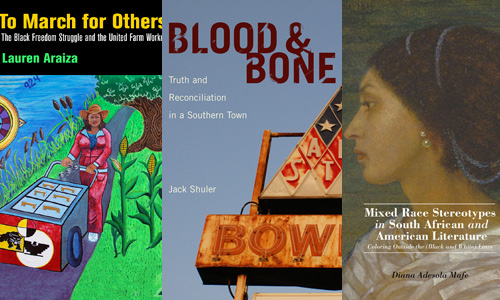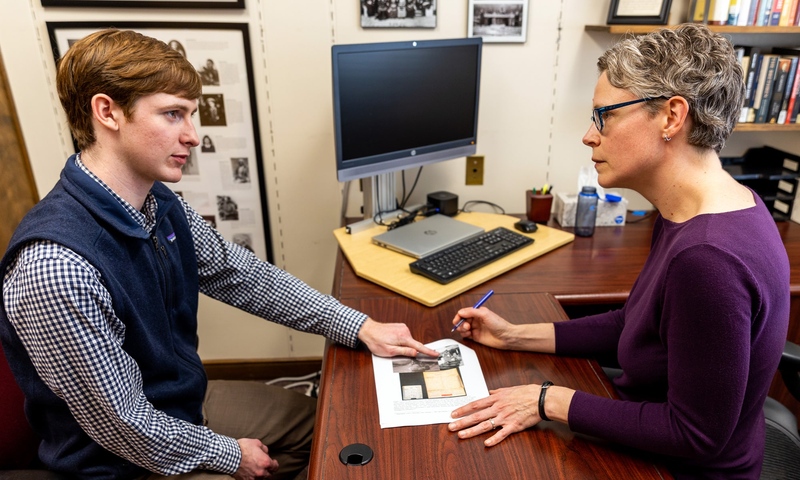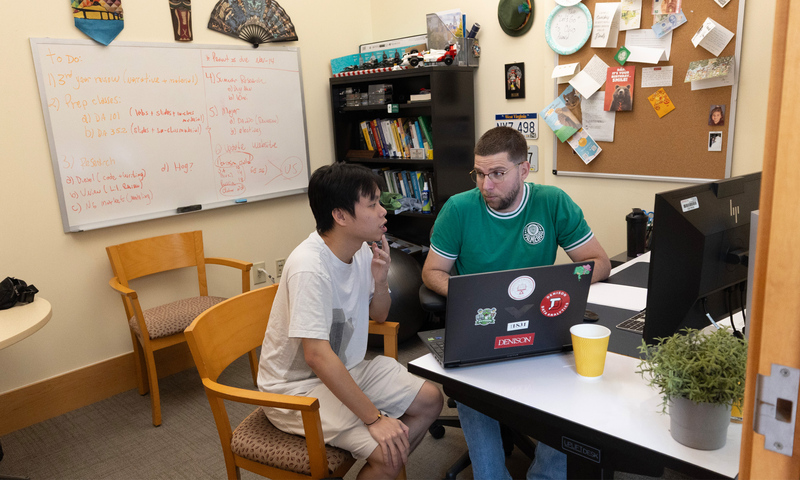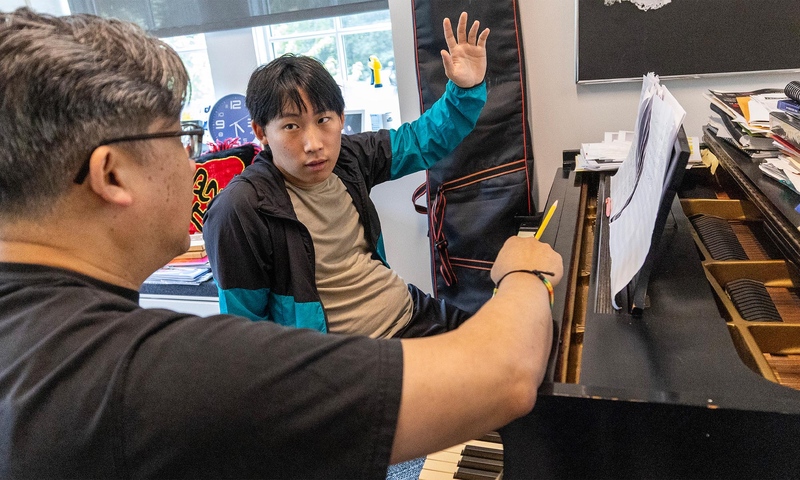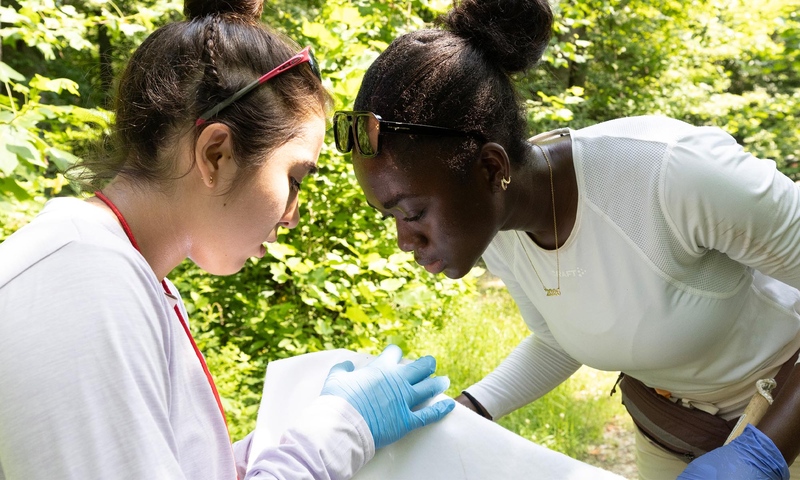Black studies faculty members publish books that explore such topics as stereotypes in south African and American literature, the Orangeburg Massacre and its affect on a small southern town, and black activists who aligned with Mexican American farm workers to further their own struggles for freedom.
Diana Mafe, Assistant Professor of English, has published her first book, Mixed Race Stereotypes in South African and American Literature: Coloring Outside the (Black and White) Lines (Palgrave Macmillan 2013). In this work, she argues that the recent celebration of the mixed race figure as an avatar of positive change for multiracial nations like South Africa and the United States overlooks the complex global trajectories that resulted in this watershed moment. She examines the popular literary stereotype of the tragic mulatto from a comparative perspective and considers the ways in which specific South African and American writers have used this controversial literary character to challenge the logic of racial categorization. The result is a transnational dialogue between these respective national literatures, both of which use tragic mulatto fiction as a locus for broader questions about race and belonging.
Blood and Bone is an exploration of the Orangeburg Massacre focusing on why it took place and the changes that have and have not occurred in the community since 1968. This book examines Orangeburg’s own quest for truth and reconciliation through archival research and interviews. I privilege the lived experiences of Orangeburg’s “cast of characters”—indeed, their stories guide this book. Despite the contentious nature of the massacre, Orangeburg is a community of people living and working together. Blood and Bone tells their fascinating stories and pays close attention to the ways in which the community is shaping a new narrative on its own, despite the lack of any state or federal re-examination of the shootings.
To March for Others explores the reasons why black activists, who were committed to their own fight for equality during this period, crossed racial, socioeconomic, geographic, and ideological divides to align themselves with a union of predominantly Mexican American farm workers in rural California. Lauren Araiza considers the history, ideology, and political engagement of these five civil rights organizations, representing a broad spectrum of African American activism, and compares their attitudes and approaches to multiracial coalitions. Through their various relationships with the UFW, Araiza examines the dynamics of race, class, labor, and politics in twentieth-century freedom movements. The lessons in this eloquent and provocative study apply to a broader understanding of political and ethnic coalition building in the contemporary United States.
